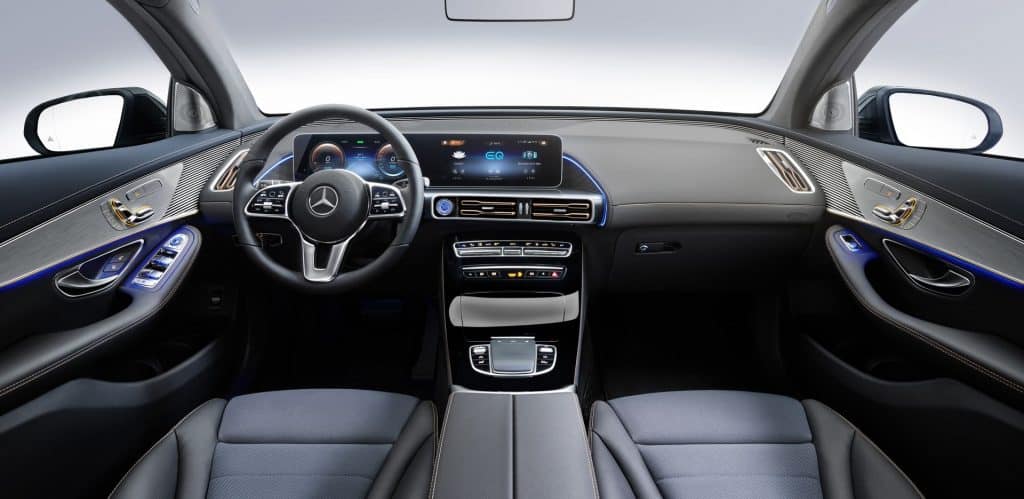 Strategy Analytics predicts a jump in ultrawideband radio chips and Qi wireless charging.
Strategy Analytics predicts a jump in ultrawideband radio chips and Qi wireless charging.
Strategy Analytics said that the market for UWB systems and radio chips experienced a jump in 2019, and that new standards, chips, and applications mean a renaissance for UWB. The Return of UWB: Chip Forecast in Smartphones, Automotive, Industrial & More makes the case that Apple’s iPhone 11 models with the new U1 ultrawideband radio chip along with new automotive standards for remote keyless entry represent a major shift in UWB from relatively unknown to a market underdoing exciting growth to high volumes.
Christopher Taylor, Director of RF & Wireless Components and author of the report, stated that “New developments in semiconductor chip designs and process technology, new UWB standards, and the promise of UWB for precision location in real time have created strong interest for finding misplaced keys, secure remote keyless entry to cars and buildings, and locating equipment and production pieces on the factory floor to name just a few of the many applications. Ultimately, UWB will enable businesses and manufacturers to use data analytics like never before to improve efficiency with accurate location data.”
Stephen Entwistle, VP of Strategic Technologies at Strategy Analytics, added “Among the top nine chip suppliers, Apple, NXP Semis and Qorvo appear best positioned to take advantage of market growth. All have UWB chips in production, strong IP, tag & anchor reference designs, location software, strong sales support, good reputations and the customer engagements needed for success.”
Apple’s official adoption of the Qi inductive charging standard in 2017 settled the standards battle for inductive charging. With the industry coalescing around the WPC’s standard, the focus is now on improving the consistency and reliability of the user experience of wireless charging. Strategy Analytics’ report, “In-Car Wireless Charging 2020: Qi Grows in Sophistication, Variants” looks at technological developments, market forecasts, and complementary and potentially competing technologies.
Since its introduction in production cars in 2013, what started as a novelty feature has grown into a popular and rapidly growing market opportunity, with more smartphones than ever before supporting wireless charging. Originally offered on premium and luxury brands and models, wireless charging is now offered as an option on vehicles ranging from compacts and crossovers, to many other mainstream models.
“As with many technologies, the early iterations of wireless charging left something to be desired in terms of user experience,” said Edward Sanchez, Senior Analyst for Strategy Analytics’ Global Automotive Practice. “The OEMs and developers realize this, and are working hard to improve the reliability and consistency of the technology’s user experience.”
“Wireless charging is significant in that it’s not only a convenience feature in and of itself, but as a catalyst for other technologies such as wireless smartphone projection, like Apple CarPlay and Android Auto,” said Richard Robinson, Director of Strategy Analytics’ Automotive Infotainment and Telematics service.
In addition to market forecasts for wireless charging, the report also looks at the new WLC charging standard from the NFC Forum, RF charging technology, and advanced implementations of multi-coil Qi charging enabling free placement.